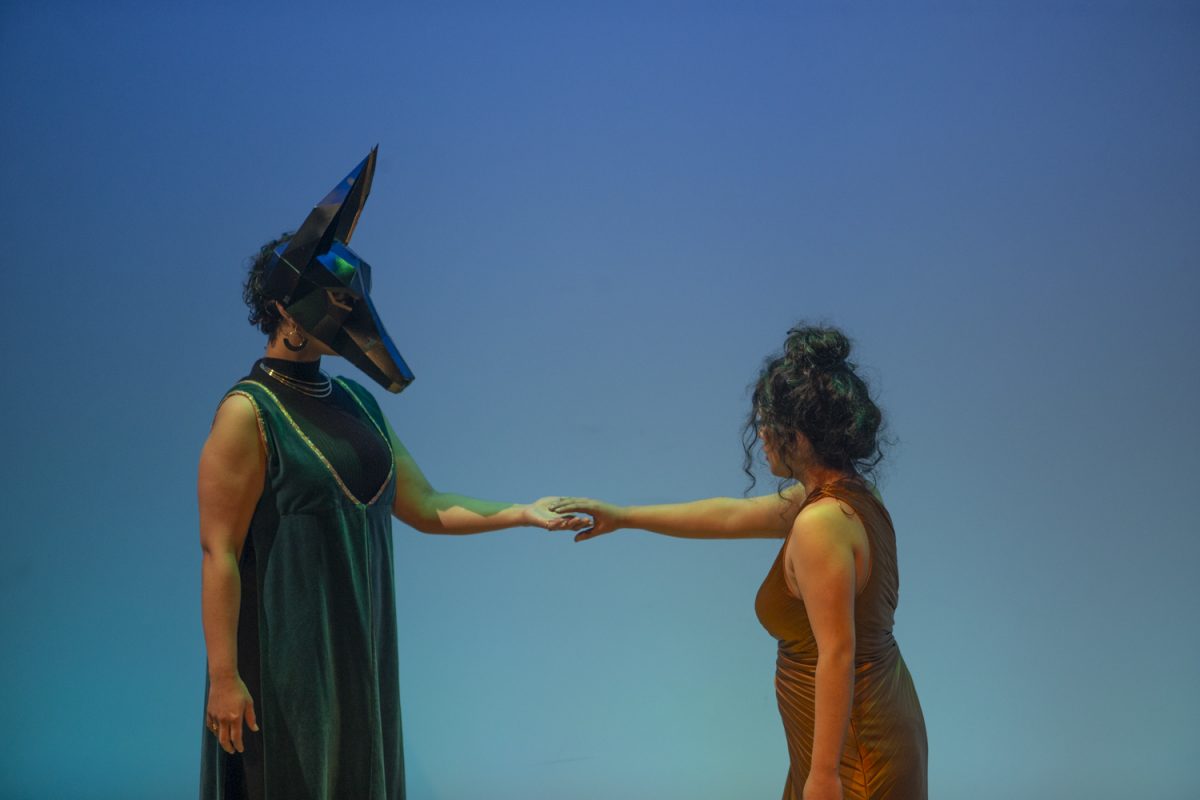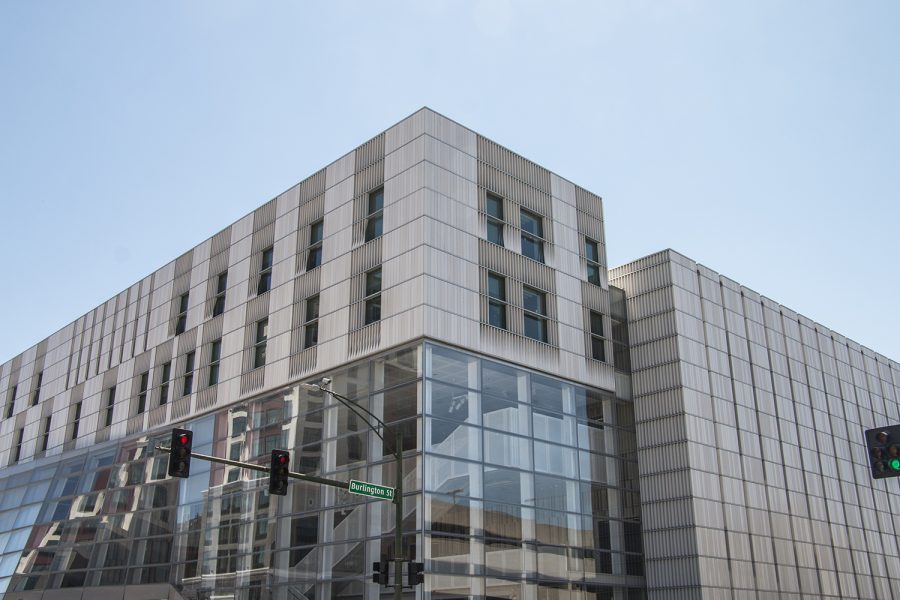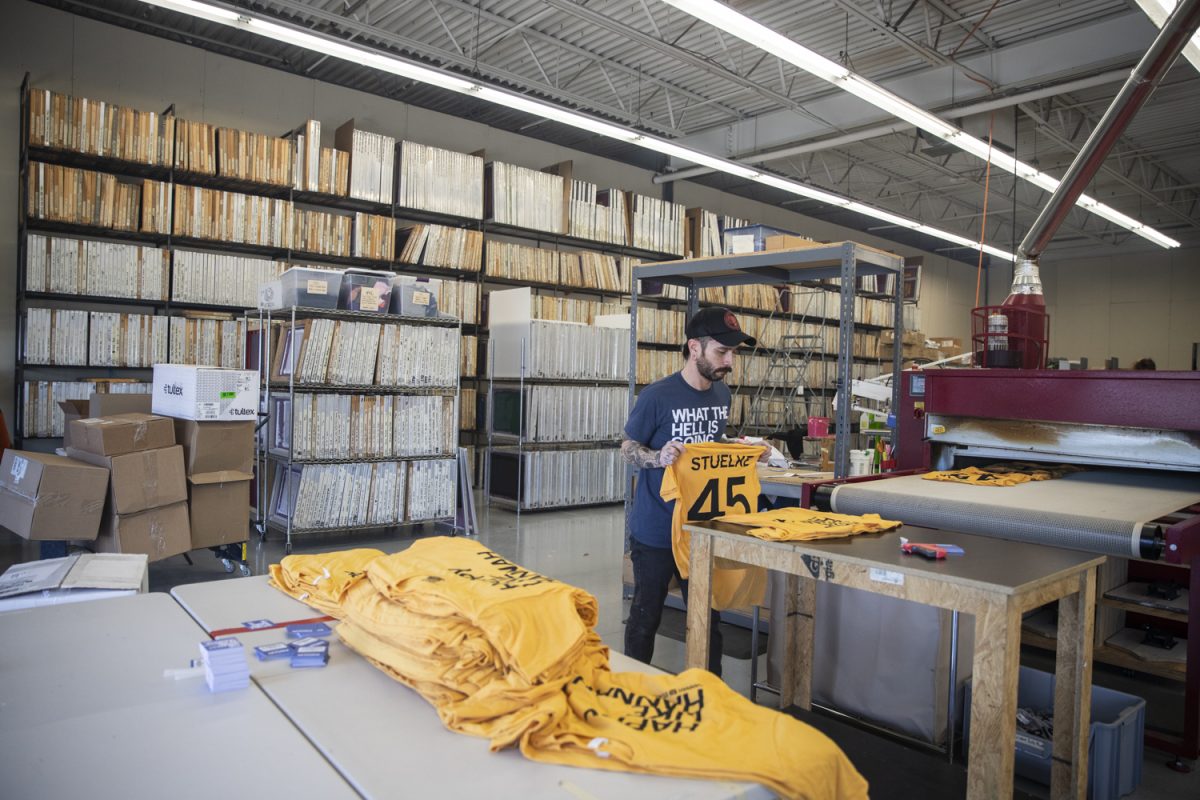By Gracey Murphy
[email protected]
Feminists come in an array of genders, races, classes, and careers. Equal rights between men and women is sought through various ways depending on the person, and feminist art fights to make an impact.
Rachel Williams, an associate professor of Gender, Women’s, and Sexuality Studies at the University of Iowa gave an influential speech on Tuesday night, titled “Social Justice and Feminist Art: The Personal is the Political.”
From the moment I entered Art Building West, I knew this would be a memorable lecture. Williams caught the audience’s eyes and made a statement without saying a word, simply by wearing a shirt that read, “You are nothing without feminist art.” She herself is an artist and spent most of the lecture discussing feminist art history, through different women artists.
“For every person I show, know there are 100 more [ talented women artists],” Williams said.
Williams introduced such artists as Peng Wei, Lois Malia Jones, Augusta Savage, and many more. Each feminist had their own specific approach to making feminist art. Some used their experiences as women to create art, others used their bodies.
Williams discussed “Womanhouse,” a project made in 1971. With this project, 20 or so women created a house where they designated different rooms to womanly categories. Some of the rooms they designed included: the menstruation room, the womb room, and the eggs to breast room.
Williams even personalized her lecture by drawing on her own experiences and observations as a woman artist.
“When I went to art school, women were not sculptors,” Williams said. “Even in that late day women still had trouble finding a way to experiment with this stuff.”
Another important point Williams brought up was intersectionality. Even when women were included in art, they usually involved white, middle-to-upper-class women. Faith Ringgold, the artist behind 1967’s Black Power, tried to crush the barriers and tackle all forms of patriarchy, not just the kind that oppressed white people.
Ringgold was a personal favorite to learn about, as she really defied her era to do what she loved and promote social justice.
“People know her as this sweet quilting lady, but let me tell you, she was quite the hell raiser,” Williams said.
However, though all of the lecture fascinated me, I loved listening to Williams talk comics the most. Comics, her favorite form of art, have inspired her deeply. She’s actually tackling a comic project on her own, currently. A popular comic made during the Roe v. Wade hearing was called Abortion Eve, which is still a controversial subject in politics today.
“For me, there are a lot of women in comics who are phenomenal,” Williams said. “The women who influence me most are in comics.”
There are many exhibitions here in Iowa City that feature feminist art. Iowa City’s various art departments make many efforts to be progressive and include women.
“In this region, we’re so lucky to be surround by feminist artists,” Williams said, “It’s not a rarified thing you’re just going to see in New York City or Los Angeles.”










